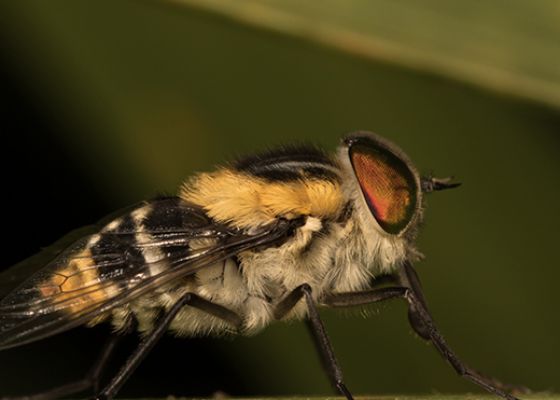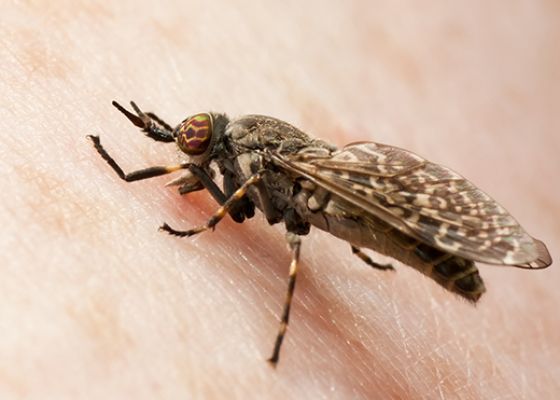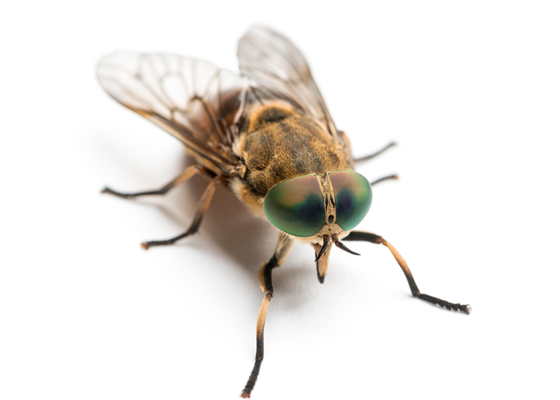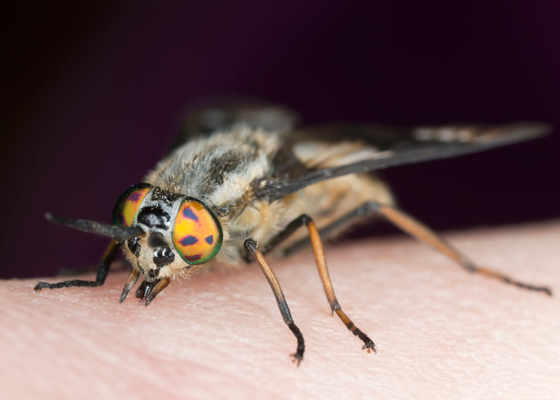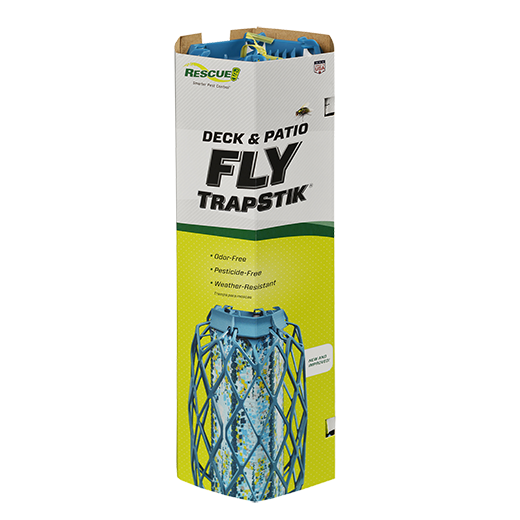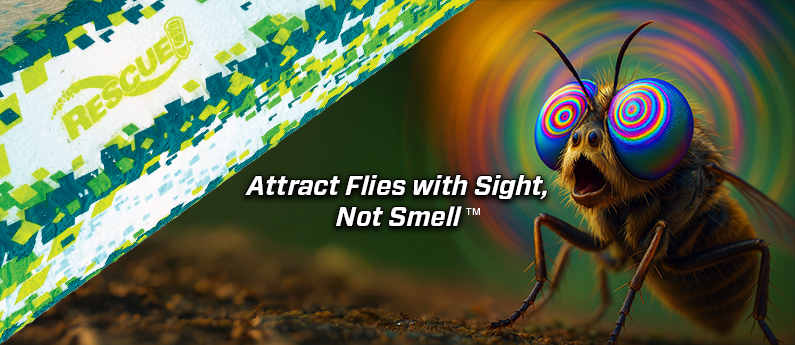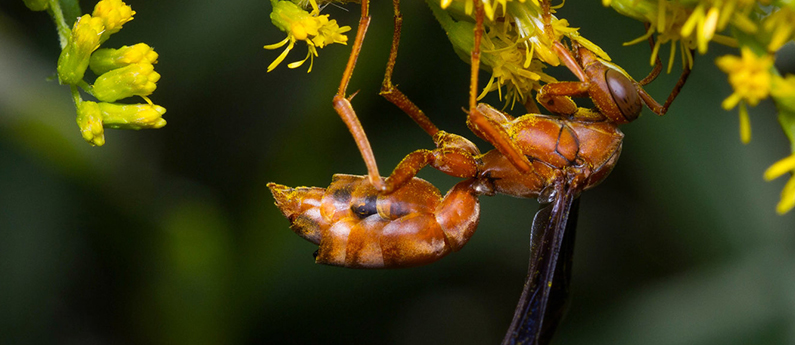Biting Flies
Biting flies feed on blood of humans and other animals. Their bites can be painful, producing swelling and intense itching.
Geographic Region
Different species of biting flies are found throughout the United States. Black flies are found in the northern U.S., while biting midges are found near the coastal areas.
Natural Habitat
Most species of biting flies are found near creeks, marshes and ponds.
Weather Conditions
Peak attacks of biting flies occur on sunny, warm days in mid-morning and then have a more intense phase in evening, ending at dusk. Biting fly activity can also intensify at the onset of storms and may persist all day when overcast conditions occur.
Behavior
Biting flies find animals and humans by sensing carbon dioxide and perspiration. Once the blood meal is located, the biting fly inserts a sharp mouthpart into the skin. A biting fly tends to go for areas around the ears and head.
Unique Characteristics
Species of biting flies differ in terms of size and physical appearance, but they all possess sharp mouthparts to pierce skin and draw blood.
Related Products
TrapStik, Deck & Patio Fly
Uses our exclusive VisiLure® technology to draw insects with appea...
VIEW PRODUCT »Related Articles
RESCUE!'s VisiLure technology uses colors and patterns—not odors—to attract flies and other pests. Learn how it works and the best places to use it in this article.
Read More »

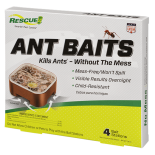 Ant Baits
Ant Baits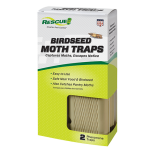 Birdseed Moth Trap
Birdseed Moth Trap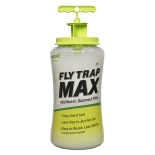 Fly Trap Max
Fly Trap Max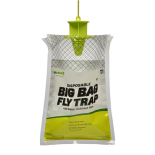 Fly Trap, Big Bag
Fly Trap, Big Bag 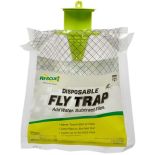 Fly Trap, Disposable
Fly Trap, Disposable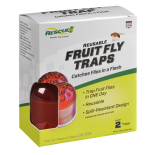 Fly Trap, Fruit Fly
Fly Trap, Fruit Fly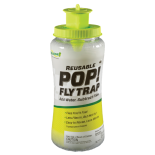 Fly Trap, POP! Fly
Fly Trap, POP! Fly 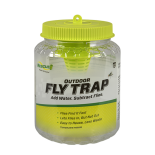 Fly Trap, Reusable
Fly Trap, Reusable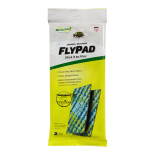 FlyPad
FlyPad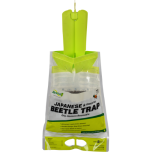 Japanese & Oriental Beetle Trap
Japanese & Oriental Beetle Trap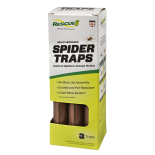 Spider Trap
Spider Trap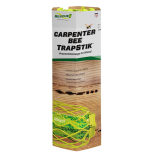 TrapStik, Carpenter Bee
TrapStik, Carpenter Bee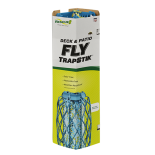 TrapStik, Deck & Patio Fly
TrapStik, Deck & Patio Fly 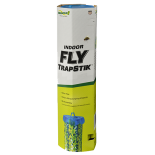 TrapStik, Indoor Fly
TrapStik, Indoor Fly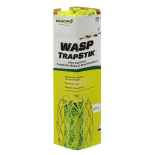 TrapStik, Wasp
TrapStik, Wasp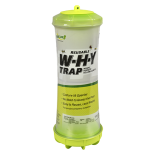 W·H·Y Trap for Wasps, Hornets & Yellowjackets
W·H·Y Trap for Wasps, Hornets & Yellowjackets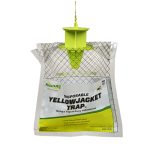 Yellowjacket Trap, Disposable
Yellowjacket Trap, Disposable 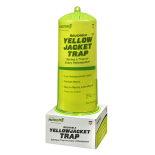 Yellowjacket Trap, Reusable
Yellowjacket Trap, Reusable 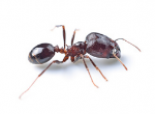 Ants
Ants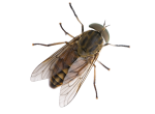 Biting Flies
Biting Flies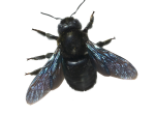 Carpenter Bees
Carpenter Bees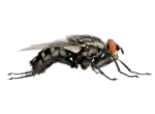 Flies
Flies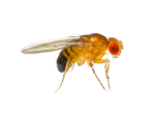 Fruit Flies
Fruit Flies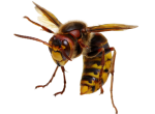 Hornets
Hornets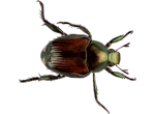 Japanese Beetles
Japanese Beetles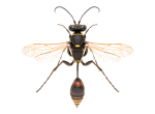 Mud Daubers
Mud Daubers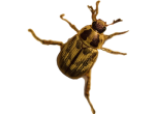 Oriental Beetles
Oriental Beetles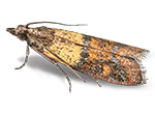 Birdseed & Pantry Moths
Birdseed & Pantry Moths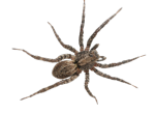 Spiders
Spiders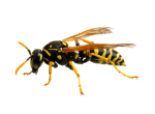 Wasps
Wasps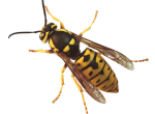 Yellowjackets
Yellowjackets